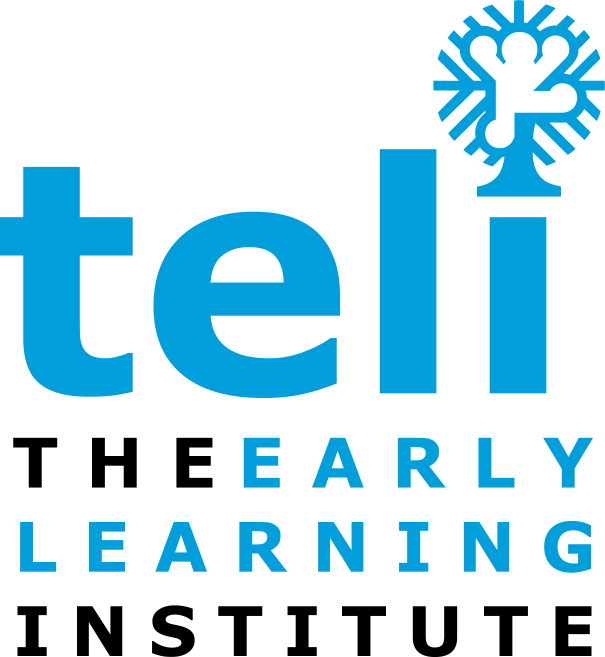
What does torticollis mean for my baby?
Babies who have been diagnosed with torticollis have trouble holding their head up straight and turning their neck from side to side. Early intervention services provided by the pediatric physical therapists at teli help to loosen tight neck muscles, preventing physical delays, vision problems, and future posture complications.
How can the teli early intervention team help?
Treatment for torticollis includes stretching exercises and massage to improve range of motion of the neck and promote balance on both sides of the body. Repositioning an infant to encourage them to turn their head to the opposite side toward favorite toys, people, or sounds helps to strengthen muscles.
Tummy time also helps to strengthen neck muscles as baby practices raising their head. It also helps to prevent plagiocephaly, where the head becomes misshapen from spending too much time in one position. It’s common for babies to dislike being on the floor, so try laying them across your legs, on your reclined chest, or propped up on a rolled blanket or towel.
There is help for this common challenge.
While a diagnosis of torticollis can be concerning, it’s relatively common in infants. Torticollis is typically based on the baby’s position during pregnancy or as a result of childbirth but can also be acquired during the first months of life. Symptoms tend to become more noticeable at around two months of age.
If you notice your infant consistently tilting their head to one side, or you can feel a bump on the side of their neck, talk to your pediatrician. If torticollis is diagnosed, choose teli as your early intervention provider.
Did you know? teli is now an affiliate of The Children’s Institute of Pittsburgh. Read more here.


